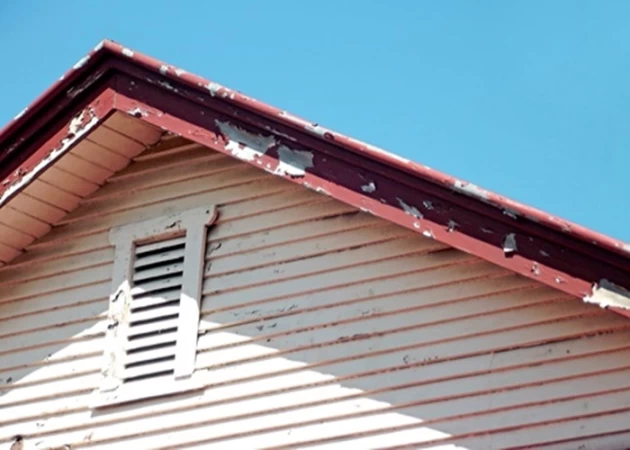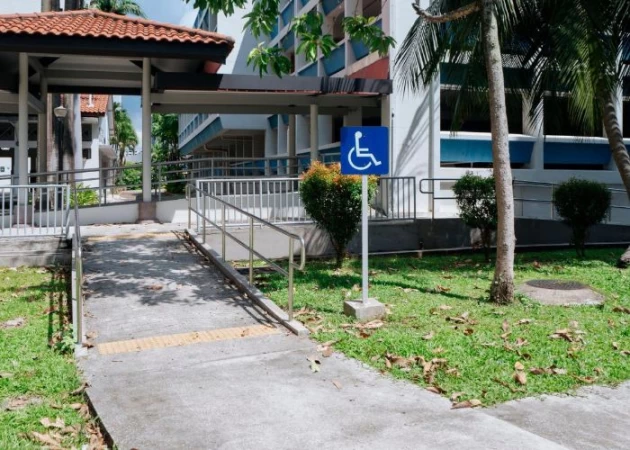Asbestos fibers provide strength and fire protection, making the mineral ideal for commercial structures such as schools, churches, and large industrial facilities. These properties contributed to the popularity of asbestos in both domestic and commercial building materials between the 1940s and the 1980s
Studies linking asbestos exposure to mesothelioma - a type of cancer that affects the lining that covers the lungs, chest, or abdomen, lung cancer, and other life-threatening diseases gained widespread public attention in the 1970s and led to a series of regulations intended to address the danger. The 1989 EPA's rule commonly known as the "Asbestos Ban and Phase-Out Rule", appeared to signal the end of most asbestos-containing products in the United States.
When renovations or restorative construction work requires the disturbance of building materials, commercial building owners usually take one of the following three paths:
- They act as if newer buildings don’t require an asbestos investigation completed. The “asbestos is no longer used” myth may save time and money in the short run, but the financial, legal, and health risks intrinsic to this approach aren’t even remotely justified.
- They hire a licensed environmental consultant to conduct an asbestos survey of the job site before beginning the project. The aim is to prove that asbestos is not present more than to find asbestos. If the survey results are clear of asbestos, the owner can proceed without the added expense of specialized personnel, equipment, and procedures.
- They proceed based on the assumption that asbestos is definitely present. Although this method is the costliest, it can get the work underway quicker and should provide protection from potential regulatory action.
Determining the Presence of Asbestos in a Domestic Structure
Most commonly, asbestos can be pulled into a fluffy consistency, with soft and flexible fibers, but it can also appear in different shapes and colors such as brown, gray, dull green, or white. Chrysotile, the major commercial form of asbestos, has loose, long, and curly fibers and a white appearance. Another common type, amphibole, including amosite (brown asbestos) and crocidolite (blue asbestos) is brittle and has a rod or needle shape.
Studies have shown that amphibole asbestos fibers, which are needle-like in form, are more likely to increase the risk of developing mesothelioma than chrysotile asbestos. One of the difficulties in determining the presence of asbestos is that it has been utilized in a broad range of applications. The following are some of the most common building materials that contain asbestos fibers:
- Floor tiles and adhesives
- Ceiling tiles
- Roofing shingles, flashing, and adhesives
- Insulation (around boilers, ducts, pipes, sheeting, fireplaces)
- Cement including pipe cement and joint compound
Since asbestos is comprised of long and thin fibrous crystals with each visible fiber composed of millions of microscopic "fibrils", you can’t simply look at a material and know it contains asbestos. If in any doubt, treat suspect material like it is asbestos and have it sampled and analyzed by a qualified professional who will follow a thorough testing protocol. A certified professional should take samples for analysis since they know what to look for and because they are using special protective equipment. Taking samples yourself is not recommended, in fact, if done incorrectly, sampling could be dangerous.
As a Rule of Thumb, Asbestos Only Poses Health Hazards When Disturbed by Demolition or When It Begins to Deteriorate
From studies of people exposed to asbestos in industrial settings or who served in the military, we know that a long duration of asbestosexposure can lead to an increased risk of pulmonary conditions such as those aforementioned. People exposed to small amounts of asbestos are less likely to develop these health problems. However, if asbestos-containing materials become friable, they are in immediate danger of becoming airborne and consequently harmful. Friable asbestos is commonly found in loose-fill, pipe wrap, and spray-on insulation, and when asbestos-containing materials become damaged, disturbed, or begin to deteriorate.
Consequently, if any suspect materials are deteriorating and can be reduced to powder by hand pressure, or major works are planned, such as a major refurbishment of the premises, you need to speak with a trained and accredited asbestos professional. Most states provide a listing of consulting/testing agencies with state accreditation in testing and guidance on asbestos issues.
Risk Assessment for Commercial Buildings Containing Asbestos
Although asbestos-containing building materials have been used sparingly in construction since the late 1980s, they are nonetheless permitted to be sold in the United States. Asbestos is present in a variety of constructions of different ages and types. According to the Control of Asbestos Regulations, property owners are required to manage the hazards posed by asbestos by conducting an Asbestos Risk Assessment. This will need a property examination or survey to determine whether or not asbestos was utilized in the construction of the building.
After a visual inspection, a specialized asbestos testing company will take samples of material or dust. All the samples should be collected by an independent testing agency (not an abatement contractor), and then analyzed by a state-certified asbestos laboratory that will chemically determine the presence or absence of asbestos. The results will be shared with you in easy-to-understand language. If asbestos is found, you will be referred to a licensed asbestos removal contractor.
To ensure that asbestos-containing building materials are properly identified and managed, the air toxic regulations under the Clean Air Act required the EPA to specify work practices intended to minimize the release of asbestos fibers during renovation or improvement projects in all facilities containing asbestos, including, but not limited to, structures, installations, and buildings - excluding residential buildings.


